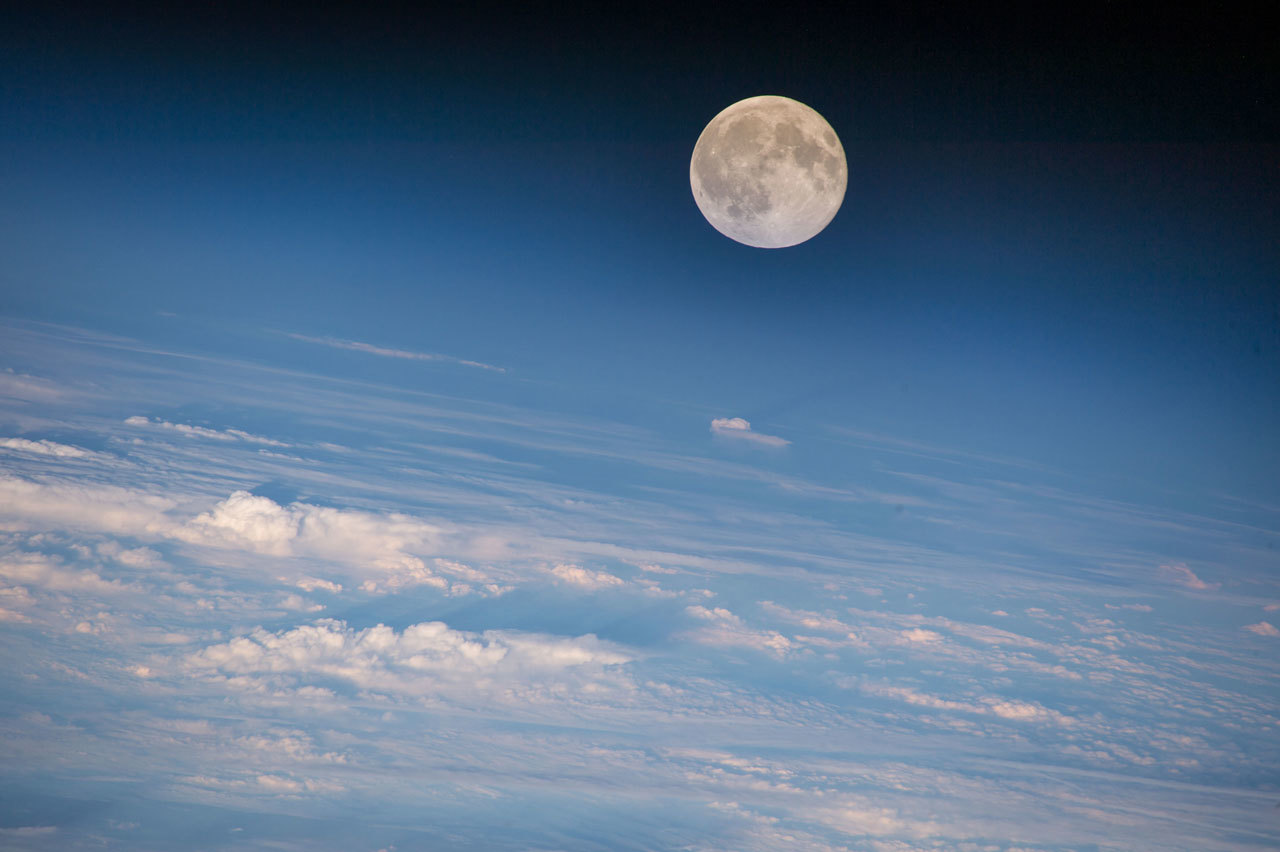

Lately, your birth chart's moon phase has been in the spotlight, with people saying it can offer a clue into compatibility. In astrology, the moon is said to influence our emotions pretty heavily. While there's no reason to build out your every waking minute according to whatever a big, white space rock is doing, the moon can influence your life in more ways than you think. Forget singing in the rain! Songs perform better in the charts when the weather is warm and sunny, study.If you think it's weird to loosely plan your life around moon phases, think again, my friend.Still better than Bud Light's newest campaign! Ultra-realistic AI-generated advert for fictional beer goes.Prepare to CRINGE! From putting a kiss on a text to your boss to accidentally playing a video on full.Is THIS the key to better canned beer? Scientists develop a can with TWO pull tabs - and claim it results in.AI is fuelling a rise in online voice scams - with just three seconds of audio required to clone a person's.AI is coming for your JOB: Tech could have as big an impact on careers as the Industrial Revolution - and.
#NEXT FULL MOOM CRACK#


Now most of the Moon's dayside has come into view, and the Moon appears brighter in the sky. The Moon is now a quarter of the way through its monthly journey and you see half of its illuminated side. This silver sliver of a Moon occurs when the illuminated half of the Moon faces mostly away from Earth, with only a tiny portion visible to us from our planet. This is the invisible phase of the Moon, with the illuminated side of the Moon facing the Sun and the night side facing Earth. In the Northern Hemisphere, the phases of the moon are: 'The Moon's phases and the months of the year are inextricably linked - the word "month" even takes its root from the word "moon",' Royal Museums Greenwich explains. 'The Moon will appear full for a couple of days.' How often does a full moon take place?Ī full moon occurs roughly every 29.5 days. 'A full moon rises around sunset and sets around sunrise. 'The Moon is opposite the Sun, as viewed from Earth, revealing the Moon's dayside,' NASA added. 'The Sun always illuminates half of the Moon while the other half remains dark, but how much we are able to see of that illuminated half changes as the Moon travels through its orbit.'ĭuring a full moon, we come as close as possible to seeing the sun's illumination of the entire day side of the Moon. 'Like Earth, the Moon has a day side and a night side, which change as the Moon rotates,' NASA explained. While the Moon does not produce any light of its own, we can see parts of our lunar satellite when it is lit up by other objects.


 0 kommentar(er)
0 kommentar(er)
